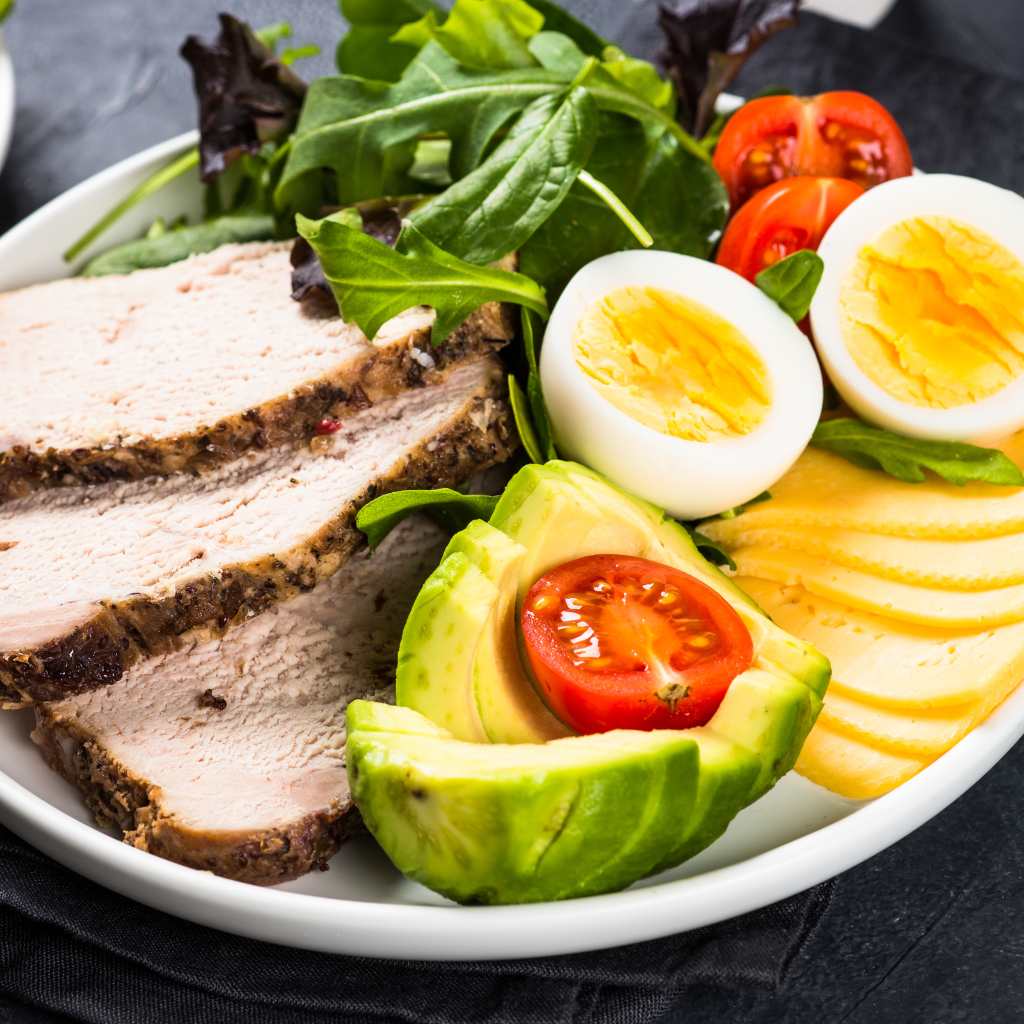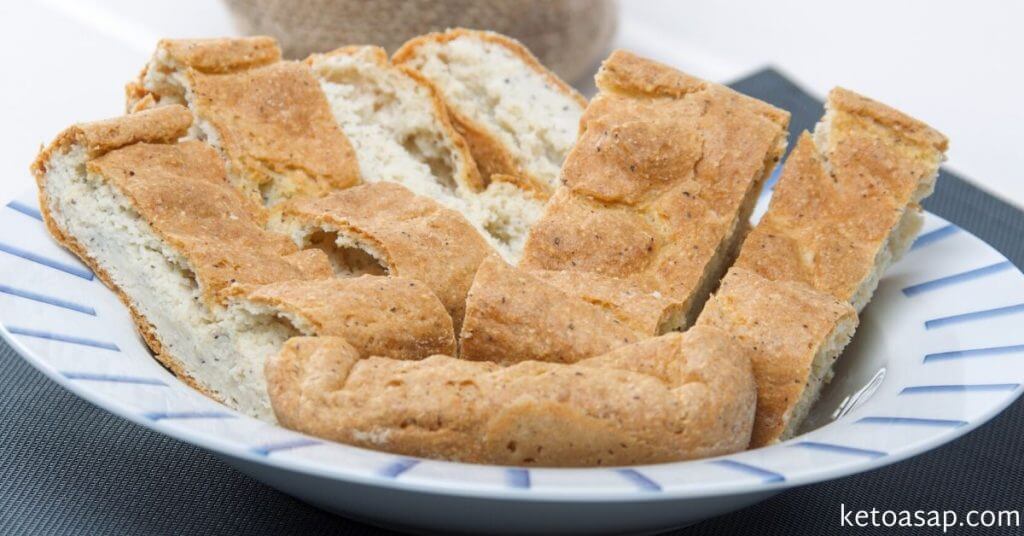Menu
Hula Hooping
Why Hula Hoop?
Evidence suggests that hula hooping for exercise dates back to ancient Greek and Egyptian civilizations. In the past, hoops were often made from wood, bamboo, grasses, vines and at times from metals such as iron and copper.
In the 1950’s in America, plastic hula hoops were invented and became all the rage. Although the fad eventually died out, it is now back in full swing, and is a popular fitness technique. The difference today is that the light plastic hoops are no longer being used and oversized, weighted hula hoops are being discovered for their ease of use.
A study conducted by the American Council on Exercise showed that hula hooping would burn around 200 calories in a day if you work out for half an hour. It is a wonderful alternative to sweating it out in the gym or on the road and most of the time hooping doesn’t even feel like exercise!
Choosing the Right Hoop Size
When it comes to choosing hula hoop, size does matter. It is wise to keep in mind that the smaller the hoop, the more challenging it is to use. Weight is also a factor to consider as the heavier the hoop, the more of a workout it will be. In general, when you place the hula hoop on the ground, the top of the hoop should reach anywhere between your belly button and your chest. However, if you are bigger, you should choose a larger hoop, which will be easier to coordinate.
The benefits of Hula Hooping?
Hula Hooping has been classified as an aerobic exercise that increases both the flexibility and the strength of the muscles. It is a low intensity workout so it is perfect for those with previous injuries.
Hula hooping is most popular for its ability to tighten the stomach muscles and get rid of unwanted fat on the belly, but it is also gaining popularity for its arm and leg strengthening techniques.
Hooping increases the circulation in the body and therefore boosts oxygen flow and is more energizing than a nap. Regular hooping boosts the body’s energy, oxygen and stamina levels.
Hula hooping is a fun form of exercise that feels more like dancing and not like exercise at all.
 Other benefits of hula hooping include:
Other benefits of hula hooping include:
- Improves mood
- Improves co-ordination
- Improves flexibility of the spine
- Improves digestion
- Improves muscle tone
- Improves Body Awareness
- Improves Self Confidence & Esteem
- Increases feelings of joy
- Decreases depression, anxiety and obesity
- Provides a wonderful abdominal massage
Most importantly, Hooping provides us an opportunity to remember how to play!!
Hoop Dance Classes
Hulaerobics is a new body toning exercise class that teaches you to hoop on your torso, arms and legs while dancing to awesome music! Hoop dance classes are a great aerobic workout and celebrities like Beyonce are becoming huge fans. The Hoopdance movement has taken the UK and USA by storm in recent years.
No previous experience is necessary and classes last 1 hour and include a warm up and cool down. You are provided with a hoop to use in the class, but you also have the option to buy one for R100 which will last you for ages as the hoops are very durable.
It’s important to wear comfortable cotton tracksuit pants and avoid wearing baggy tops. Wearing takkies or trainers helps to protect the feet from painful knocks.
Beginners must keep in mind that it takes patience to learn to hoop and do various tricks, but once you have mastered it you will have hours of joy. Bruising is very common when people first start hooping and they may last for the first few days after learning the tricks.
Contact : Maddy 076 043 1275





